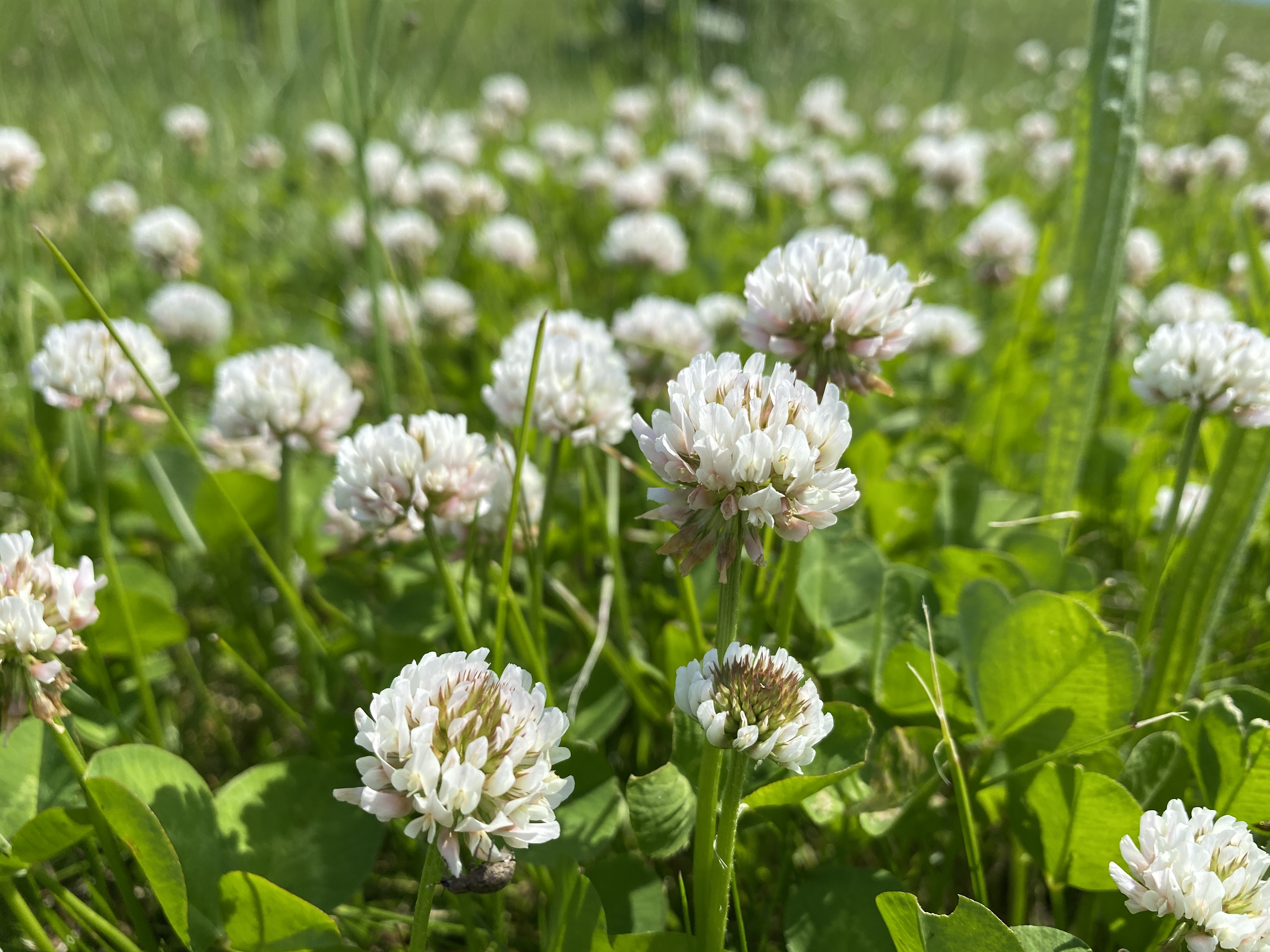Media release
From: Monash UniversityMonash University scientists have uncovered how invasive plants like white clover rapidly adapt to new environments, revealing genetic changes that underpin their global success.
Published as part of the Global Urban Evolution Project (GLUE), the study found that structural variants – large chromosomal changes involving hundreds of genes – drive parallel adaptation in white clover populations across continents. The study is part of a major international collaboration led by researchers from Monash University and the University of Louisiana, Lafayette.
Dr Paul Battlay from Monash University’s School of Biological Sciences, who co-led the research published today in Nature Ecology & Evolution, said the findings show just how quickly plants can evolve when introduced to new regions.
“We discovered that white clover populations introduced around the world carry surprisingly high genetic diversity, which allows them to rapidly adapt to local climates through these large structural variants,” Dr Battlay said.
“This has major implications for understanding how invasive species spread and how evolution is unfolding in the Anthropocene.”
Associate Professor Kay Hodgins, also from the Monash University School of Biological Sciences, was a co-senior author on the study.
“By sequencing the genomes of over 2,600 plants from six continents, we discovered that large chromosomal rearrangements repeatedly helped populations adapt to similar climate gradients. It’s a striking example of rapid evolution happening before our eyes,” Associate Professor Hodgins said.
“This study highlights the power of international collaboration to reveal the hidden genetic mechanisms behind rapid adaptation. It shows that structural variants are key players in how plants respond to environmental change.”
Visiting Assistant Professor Brandon Hendrickson from the University of Louisiana, Lafayette, said:
“Our work reveals the genetic architecture that allows invasive plants to thrive worldwide.”
Dr Nicholas Kooyers, joint senior author from the University of Louisiana, Lafayette said:
“These findings demonstrate that evolution isn’t just a slow process – it’s happening rapidly and repeatedly in response to similar climatic conditions in geographically-disparate parts of the world.”
Professor Marc Johnson from the University of Toronto, leads the GLUE initiative.
“GLUE, and this study in particular, exemplify the importance, power and potential of global collaboration to address some of the most important and urgent scientific problems, such as invasive species,” Professor Johnson said. “Now more than ever, we need international collaboration and cooperation to tackle the great challenges facing humanity and Earth’s systems.”
The new research builds on the original GLUE findings published in Science (2022), which showed repeated evolutionary responses to urban environments across more than 150 cities worldwide.
This latest study deepens our understanding of how species like white clover evolve through large-scale structural genetic changes, with profound implications for managing invasive species and predicting how ecosystems will respond to accelerating human impacts.
Read the full paper: DOI: 10.1038/s41559-025-02751-2


